
by Shivendra | Nov 27, 2018 | Technology
Facebook to pay up to $40,000 for finding ways to hack Facebook or Instagram accounts
Facebook has been going through a rough patch this year after suffering two severe security breaches that affected millions of its users.
While every year, Facebook pays millions of dollars to researchers and bug hunters to find security holes in its products and organization, it is still facing security breaches. Facebook has been running its Bug Bounty program since 2011.
Now, in order to step up its efforts to tighten the security of the platform, Facebook on Tuesday announced in a post that it has increased the average payout for account takeover vulnerabilities so as “to encourage security researchers to work on finding high-impact issues”.
The announcement further read, “The researchers who find vulnerabilities that can lead to a full account takeover, including access tokens leakage or the ability to access users’ valid sessions, will be rewarded an average bounty of:
* $40,000 if user interaction is not required at all, or
* $25,000 if minimum user interaction is required.
“This change applies to all products owned by Facebook, including Instagram, WhatsApp, and Oculus.
“Further, we will not require a full exploit chain in cases where leveraging the vulnerability requires bypassing our Linkshim mechanism.
“While monetary reward may not be the strongest incentive for why bug bounty researchers hack, we believe it remains a strong motivator for our white hat researchers to invest time in helping us identify and mitigate vulnerabilities. We encourage researchers to share their proof of concept reports with us without having to also discover bypasses for Facebook defense mechanisms.
“By increasing the award for account takeover vulnerabilities and decreasing the technical overhead necessary to be eligible for bug bounty, we hope to encourage an even larger number of high-quality submissions from our existing and new white hat researchers to help us secure over 2 billion users.”
For those unaware, earlier this year, it was the Facebook–Cambridge Analytica data scandal where the personal information of 87 million Facebook users was harvested by Cambridge Analytica without their consent and used for political purposes.
Later, in September this year, Facebook discovered a major security issue that allowed hackers to access information, which could allow them to take over around 50 million accounts.
Source: Facebook

by Shivendra | Nov 27, 2018 | Uncategorized
Cyber Monday has finally arrived, but you don’t have to spend hours wading through endless lists of online deals to find the best prices on top-notch educational bundles and subscriptions. Here are five of the best Cyber Monday deals around, each of which is available at a significant discount for a limited time of
5. uTalk Language Education: Lifetime Subscription

MSRP: $64.99
Sale price: $19.99
Price drop: $14.99 (76% off)
Learning a new language is hands-down one of the most important things you can do when it comes to keeping your brain active and healthy. uTalk lets you choose a new language to learn from 130 popular languages, and you’ll be speaking like a native in no time.
4. NordVPN: 3-Yr Subscription

MSRP: $430.20
Sale price: $107.55 (75% off)
VPNs are the most important line of defense against nefarious hackers bent on stealing everything from your browsing history to your banking information, and this subscription lands you one of the fastest and most secure VPN subscriptions around.
3. Ethical Hacking A to Z Training Bundle

MSRP: $1,273
Sale price: $39
Price drop: $25 (98% off)
The only person who can stop a hacker is an ethical hacker, and this 8-course training bundle will teach you how to join this increasingly important and lucrative industry through eight courses and over 380 lessons.
2. The Ultimate MCSA Certification Training Bundle

MSRP: $897
Sale price: $39 (95% off)
MCSA certifications are some of the most important and valuable credentials in the ever-expanding world of tech and networking infrastructure, and this training bundle will help you land these coveted certifications with three courses and over 980 lessons.
1. The Complete 2018 CompTIA Certification Training Bundle: Lifetime Access

MSRP: $4,329
Sale price: $59
Price drop: $49 (98% off)
There’s never been a better time to work in IT, but you need the right certifications in order to be competitive in the field. With 12 courses and over 1,900 lessons, this bundle will help you earn some of the most valuable certifications in the industry.
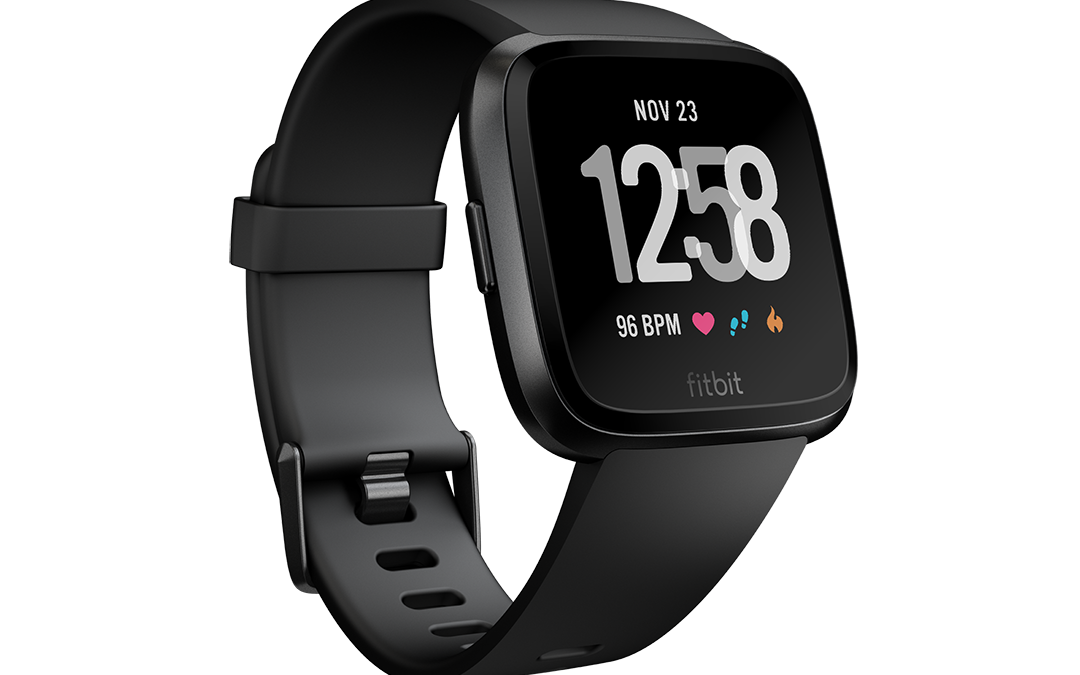
by Shivendra | Nov 27, 2018 | Technology
Fitness trackers have come an extremely long way over the years. No longer are they glorified pedometers; they’re much more than that. Most standard fitness trackers nowadays can track your steps taken, distance traveled, how many calories you’ve burned for the day, and even your sleeping patterns. They’re handy little devices if you want a better look at how active you are throughout the day, and there are plenty to choose from.
Garmin vivosport
 Picture credits : Android authority
Picture credits : Android authority
- This device packs a GPS and a heart rate monitor,
- It has Slim and lightweight design.
- It’s also waterproof up to 50 meters.
- Lasts up to seven days on a single charge.
- and comes with a Chroma touchscreen display
Fitbit Charge 2
 P.C – Android authority
P.C – Android authority
It’s clear Fitbit really focused on design when making the Charge 2. This device not only looks more like a nice bracelet and less like a standard fitness tracker this time around, you also have the option to change out the bands if you’d like.
The Charge 2 also has a bigger display this time, meaning you get more room for smartphone notifications. Plus, Fitbit also introduced a few new features to the Charge 2 that should help users stay healthy and relaxed overtime: Cardio Fitness Level, which will give you a cardiovascular rating based on an estimate of your VO2 Max, and Relax, a new on-device guided breathing feature that will walk you through short breathing exercises to help you lower blood pressure, reduce stress and lessen anxiety. Unfortunately it doesn’t have a GPS built in like the vivosport, but you can tether it to your phone if you don’t mind carrying your fitness tracker and your smartphone on a run.
Overall, it’s an all-around great fitness tracker, especially considering its low price point.
Garmin vivosmart 4
 P.C Android authority
P.C Android authority
Garmin’s vivosmart 4 might not have a built-in GPS, but it has almost everything else you could want in a basic fitness tracker.It’s thin and lightweight, has a much better screen
it’s proven itself to be a reliable fitness tracker at its core. It also comes with advanced sleep metrics that are right up there with Fitbit’s, as well as a pulse ox sensor for keeping tabs on blood-oxygen saturation levels.
The big downside here is the lack of GPS and GPS phone tethering option, so this is purely a health and activity tracker, not so much for high-intensity workouts. If that doesn’t turn you away, the vivosmart 4 is a great option.
Garmin vivoactive 3 Music
 PC android authority
PC android authority
Everything you loved about the vivoactive 3 is here, along with support for music storage of up to 500 songs. You can load up your favorite songs, or download playlists from iHeartRadio. Deezer support will be added in the future, too.
Aside from a slightly redesigned bezel on the new watch (and music support, of course), the vivoactive 3 and Music version are basically the same. That means you get a fantastic running watch with a built-in GPS, heart rate monitor, 5ATM water resistance rating, Garmin Pay support, and seven-day battery life.
Nokia Steel HR
 pc android authority
pc android authority
If you’re looking for an analog watch that doesn’t skimp on the fitness features, you should definitely check out the Nokia Steel HR (formerly Withings Steel HR).
Nokia really hit the nail on the head with the Steel HR. It’s accurate, affordable, comfortable enough to wear all day, and downright gorgeous. Not only that, it sports a digital display that, while not of the greatest quality, offers a unique take on bringing a digital screen to a traditional analog watch design.
Like most other stylish fitness trackers, it’s not the most feature packed. It doesn’t offer an on-board GPS, nor is the digital display great for outdoor use. But for everyone else looking for an attractive, well-built fitness tracker that doesn’t actually look like a fitness tracker, the Steel HR may be just what you’re looking for.
Best fitness smartwatch
Fitbit Versa

If you were underwhelmed by Fitbit’s first smartwatch offering, the Versa might be just the thing for you.
The Fitbit Versa is much better looking and more compact than the Ionic, and it doesn’t cost as much money. Now, that lower price tag will get you fewer features (no GPS, for instance), but that’s the whole point of this smartwatch — the Versa is a smartwatch for everyone.
With the recent addition of quick replies, you can now reply to just about every app notification you receive on your wrist. The Versa also recently received Fitbit’s female health tracking suite, making this a much more powerful health tracker for women.
The Versa also brings Fitbit OS 2.0, 24/7 heart rate tracking, on-screen workouts with Fitbit Coach, over 15 exercise modes, Connected GPS, and swim tracking thanks to its 5ATM rating. There’s also room to store your music, and if you spring for the Special Edition model you’ll have access to Fitbit Pay.
Fitbit Ionic

The Fitbit Ionic is a great fitness tracker/smartwatch hybrid if you need something a little more powerful than the Versa. It’s an incredible fitness and sleep tracker, comes with a built-in GPS, allows you to pay for things from your wrist, and it’s water resistant.
Just like the Fitbit Versa, the Ionic now has support for quick replies for notifications and female health tracking features.
The Ionic is one heck of a fitness smartwatch. It’s available now on Amazon and Fitbit.com for $269.95, and comes in three different color options.
Best budget fitness tracker
Xiaomi Mi Band 3

If you need a basic fitness tracker and you don’t want to pay an arm and a leg, buy the Xiaomi Mi Band 3. At only $25, it’s hard not to recommend this device.
Not only has the design been improved from the Mi Band 2, it’s also received a few nice upgrades under the hood. The heart rate monitor is fairly accurate for a budget device, and it can still track all the basics — steps taken, calories burned, and sleep.
To get down to this price point, Xiaomi had to make some compromises. It doesn’t support many activity profiles, and the software is a little wonky at times. If that doesn’t bother you, the Xiaomi Mi Band is probably the best bang-for-your-buck activity tracker on the market
Garmin vivofit 4
 pc android authority
pc android authority
Garmin’s vivofit 3 was one of our favorite inexpensive fitness trackers of 2017. Is the vivofit 4 a worthy successor? That depends.
In many ways, the vivofit 4 is an improvement over its predecessor. It’s more comfortable, has a new color display, and plenty of useful extras. But the lack of heart rate monitor connectivity is unfortunate, and we hope it returns with the next model.
Throughout our two weeks of testing, the vivofit 4 was so close to delivering accurate results but ultimately fell short more often than we’d like. To its credit, it does offer users a general idea of their performance levels, which is why most people will buy the vivofit 4. It’s an inexpensive fitness tracker that you basically never have to take off, and it keeps track of the basics. If you need a device you basically never have to take off, the vivofit 4 is for you. If you own a vivofit 3, it might not be worth it to upgrade.
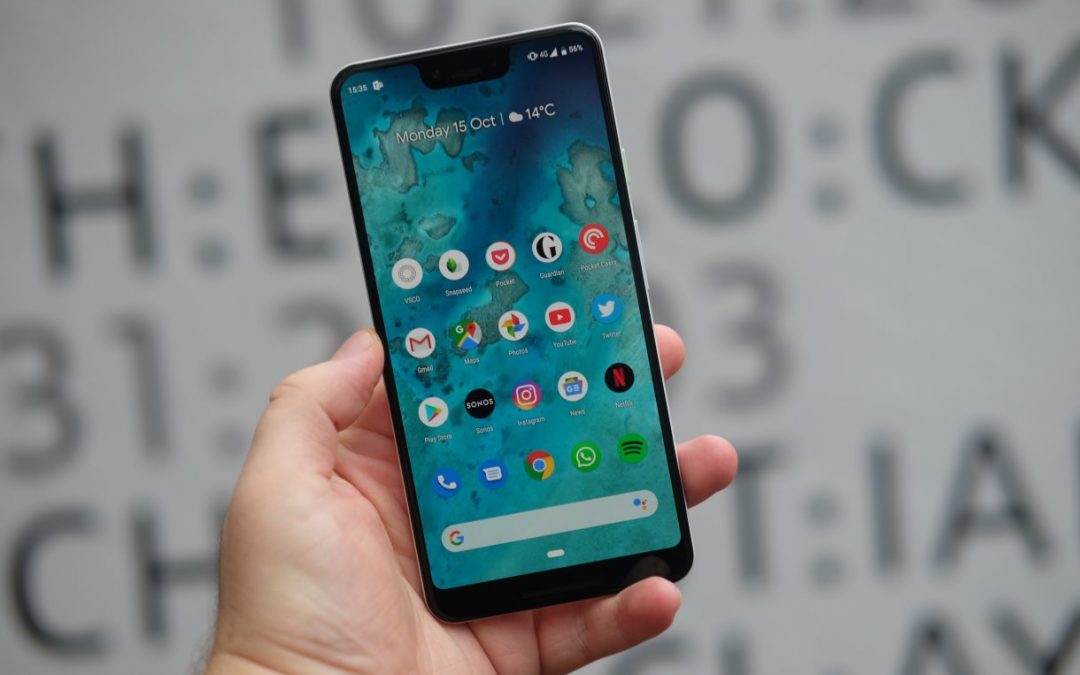
by Shivendra | Nov 26, 2018 | Phones
Looking for a new Android phone?
Look beyond the iPhone XS, XS Max and iPhone XR. There’s a wealth of amazing Android-powered hardware out there that in most cases offers more for your money.
Perhaps the Samsung Galaxy S9 with its wireless charging, water resistance and lossless zoom with grab you, or maybe the Sony Xperia XZ3 or Huawei P20 Pro‘s OLED displays and excellent cameras are what you’re after?
Huawei Mate 20 Pro: Feature packed smartphone

Pros:
Lovely display
Serious amount of features
Great camera
Unbeatable battery life
Cons:
EMUI is a poor version of Android
There’s been a load of stunning Android phones in 2018, yet the Huawei Mate 20 Pro is certainly the one with the most features.
It packs an in-display fingerprint sensor, unmatched battery life and even 40w charging to juice the huge 4200 mAh battery in less than an hour. Oh, and there’s wireless fast charging too.
What makes this phone so great is that all these features work fantastically well. The triple camera array on the back takes excellent shots and the OLED HDR display is colourful and vibrant.
The only real issue we have with this phone is the software. Huawei’s EMUI remains a weakness and it’s even more obvious on such a great phone.
Samsung Galaxy Note 9: Awesome Display
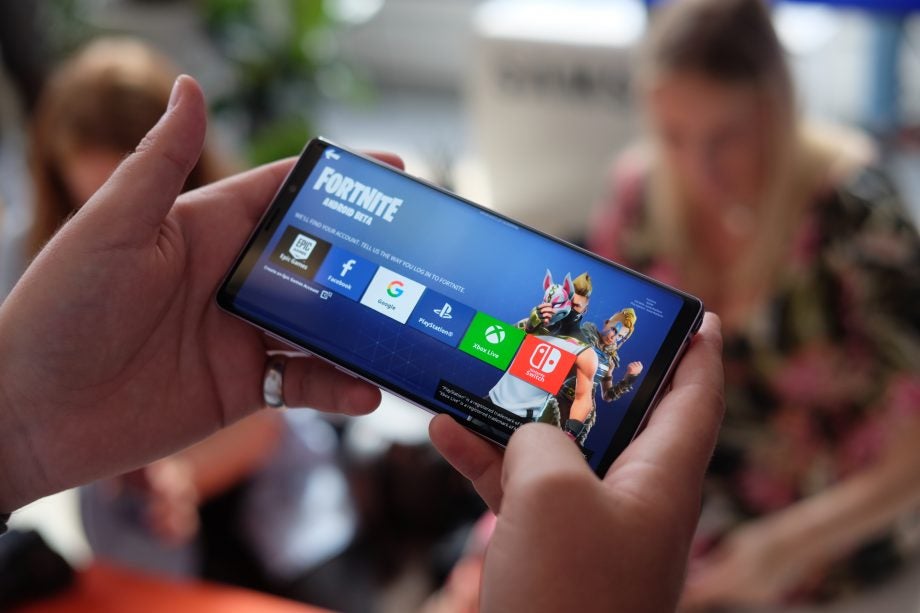
Pros:
- Lovely display
- Loads of power
- Clever S Pen
- Big battery
Cons:
- Bixby button is an annoyance
- Uncomfortable to hold
The huge 6.4-inch display is gorgeous, Exynos 9810 platform speedy and there’s 128GB storage as standard. It also impresses with endurance, comfortably lasting the day thanks to its 4000mAh battery. You’ve even got an enhanced S Pen: a handy stylus that’s great for drawing or taking notes and now doubles as a wireless remote for certain functions.
The camera system is very similar to the S9 Plus: you’ve got two 12-megapixel cameras on the back, one for lossless zoom and one for regular shots. That main camera can also switch between apertures of f/1.5 and f/2.4, making it great for letting lots of light in when shooting in low light. There’s an 8-megapixel camera on the front that’s good for selfies and you can also record super slow-motion video or footage at up to 4K at 60fps.
Google Pixel 3: Best phone Google offered till now

Pros:
- Google’s Android is the best Android
- Breathtaking cameras
- Fast wireless charging
Cons:
- No form of face unlocking
- Scratches easily
Sure, it’s pricier than we would have liked starting at 67,085.76 Indian Rupee for the 64GB model (with the 128GB version costing Rs.10000 more) but this 5.5-inch handset is a looker that leverages Google’s impressive machine learning smarts to offer up one of the best smartphone cameras of the moment.
Unlike the larger Pixel 3 XL, the standard Pixel forgoes that gruesome notch while retaining a gorgeous extended Full HD+ resolution HDR-capable OLED display. There’s a pair of dual front-facing cameras, including a new ultra-wide angle offering for easier group shots. You can also expect speedy wireless charging and exclusive features as part of its Android 9.0 Pie user experience.
OnePlus 6T: The Allrounder

Pros:
- New fingerprint sensor feels cutting-edge
- Up-to-date, versatile OS
- Fast Charge is still great
- Great battery life
Cons:
- Camera’s Nightscape mode needs work
- Another headphone jack bites the dust
- Fingerprint sensor needs refinement
- Poor audio capabilities
Sure, the OnePlus 6T might be the company’s most expensive handset to date but it’s still about half the price of most of the other phones in this lineup. Starting at Rs. 37,999. , you get a Snapdragon 845-powered smartphone with either 6GB or 8GB of RAM and the latest available release of Android 9.0 Pie (with OnePlus’ own OxygenOS overlay on top).
The dual 16/20-megapixel camera is the same as the one on its predecessor but OnePlus has added in some cool new imaging technologies so that it can capture better HDR shots and better low-light shots, with a feature the company is dubbing ‘Nightscape’.
The integrated Smart Boost functionality is designed to ensure the phone stays smooth and reallocates resources based on your specific usage habits, while the improved Gaming Mode handles notifications and optimises performance too.
Two standout hardware features are its in-display fingerprint sensor, which the company claims is the fastest in the business, and the huge 3700mAh, boasts exceptional battery life that is, as ever, backed up by 20W Fast Charging.
Huawei P20 Pro: Excellent camera

Pros:
- Feels great
- Really good OLED
- Loads of camera features
Cons:
- Buggy software
- No headphone jack
Our current favourite Android Camera phone in 2018 is Huawei’s P20 Pro. Not only does it have three cameras on the back but the main 40-megapixel sensor gives you serious freedom with your shots. There’s even a fantastic night mode.
The shiny back is lovely, the sides perfectly curved and the even the notched 1080p OLED display is far from an eyesore. This really is Huawei’s best phone yet – or at least until we’ve reviewed the impressive-looking Huawei Mate 20 Pro.
But there’s one area that really needs improvement – the software. Huawei’s EMUI is a buggy skin over Android 8.1 that still needs work to make this and future Huawei devices truly competitive against the likes of Apple’s and Google’s native software experiences.
Galaxy S9 Plus: Samsung’s Flagship

Pros:
- Feels great for a big phone
- The OLED display is great and highly customisable
- Numerous camera features on offer
Cons:
- Battery life could be better
- AR Emoji are just bad
- Some lag with Samsung’s software
If you want a complete Android phone in 2018 then the Samsung Galaxy S9 Plus could be for you. It has a lovely 6.2-inch OLED display, speedy Snapdragon 845/Exynos 9810 (market dependent), plenty of RAM and a clever camera.
As the Note 9 which followed it, the main 12-megapixel sensor can switch between an f/2.4 and an f/1.5 aperture, which should ensure your low-light snaps come out nice and bright. It works well most of the time but you might end up with overly bright shots if you’re not careful. There’s also a secondary 12-megapixel sensor that can be used for telephoto shots and add bokeh around subjects too.
Samsung’s display tech remains some of the best in the business and the 6.2-inch OLED display at play on the S9 Plus is simply gorgeous. It’s brighter than previous Samsung phones and supports HDR content too.
This is certainly one of the best Android phones around, although the battery life doesn’t compare well with some of 2018’s other flagships.
Honor 10: Terrific value at the price

Pros:
- Sleek design
- Powerful hardware
- Good value
Cons:
- EMUI Android skin is bloated
- Some performance bugs
If you like the look of the P20, but can’t stomach spending more than £600 on a phone, then the Honor 10 is the device for you.
It has a similar mixed metal and glass design to most other 2018 flagships, and ticks nearly all the right boxes when it comes to hardware. Highlights include a wonderfully bright and clear 5.84-inch 2280p x 1080p FHD+ screen, all-day battery life, and above-average rear camera.
The 24-megapixel and 16-megapixel, f/1.8 dual-camera doesn’t have the third sensor seen on the P20 Pro and is completely absent of any Leica branding. For the money, however, you’ll struggle to do better.
Thanks to the addition of a nifty AI mode, the camera is able to automatically optimise its settings for the shot you’re going for. It does have a tendency to overexpose in bright light, however; but for the most part, the tech works a treat.
The Kirin 970 CPU also makes it every bit as fast as Android phones that are close to Rs. 27,228.95. This combination of factors makes the Honor 10 one of the best value Android phones on the market right now.
Moto G6: The best you can buy for under £250

Pros:
- Fantastic software experience
- Lovely screen
- Well built for the price
Cons:
- Some performance frustrations, especially with the camera
The best Android phone for under Rs. 22,696 you can buy right now is the Moto G6.
Previous entries in the G series have been super devices, and the G6 doesn’t break the streak. It has a lovely FHD+ 5.7-inch 18:9 display, a simple software experience and it feels really good thanks to the glass body and ergonomic curves.
The Snapdragon 450 processor paired with 3GB of RAM churns through most tasks with ease, though it does struggle with some of the more intense games. There’s 32GB storage as standard, and you can also add a microSD card to expand this further.
Our only real disappointment is with the camera. The actual photos from the 12-megapixel shooter are good, but the slow camera app makes for a frustrating experience.
LG G7: Stunning screen

Pros:
- Lovely screen
- Stunning audio
- Nice wide-angle lens
Cons:
- Ugly software
- Cheap design
- Average battery life
The LG G7 stands out as a result of its 18:9 display, which is an impressive 1000 nit LCD panel. This is one of the brightest displays around and it can display HDR content through Netflix and YouTube.
Inside is a Snapdragon 845 CPU, 4GB of RAM, 64GB of internal storage along with a fairly conservative 3000mAh battery. None of these components are groundbreaking but they’ll comfortably get the job done.
Like the V30 before it, there are two cameras on the back. One is your standard 16-megapixel sensor, while the other takes wide-angle shots, ideal for landscape photos. It’s a decent camera and it offers some impressive video recording options, too.
Samsung Galaxy S8: The price keeps coming down
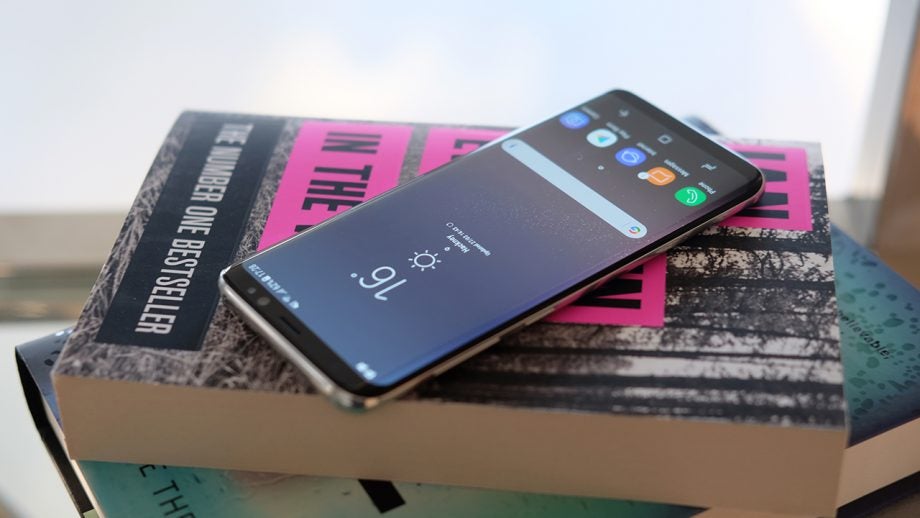
Pros:
- Awesome display
- Stunning camera
- It’s actually innovative
Cons:
- Awfully placed fingerprint sensor
- Bixby is a bit of a dud
It may be last year’s model but the Galaxy S8 is still a great phone that has had a nice price cut since its successor launched. It has a fantastic HDR WQHD+ 5.8-inch display with next to no bezel (or notch, for that matter), and a sleek metal and glass design that’s curvy in all the right places.
It’s fast, too – obviously – and retains handy features such as IP68-certified dust and water resistance, fast wireless charging and a microSD card slot.
The single 12-megapixel sensor on the back may now lag behind 2018’s finest mobile snappers but it’s still a thoroughly capable camera overall. The 3000mAh battery is again great, although you’re still likely to need to charge the S8 every night.
Google Pixel 2: Affordable by the day

Pros:
- Truly amazing camera
- The best version of Android
- Nice display
Cons:
Another phone freshly replaced by a 2018 successor but the Google Pixel 2 is still worth a punt in its own right – especially following a tempting price cut.
A staple of the Pixel line, the least surprising feature here is the excellent camera, which despite being a year old continues to impress. It’s a 12-megapixel sensor with OIS (optical image stabilisation), which captures stunning snaps in any light. 4K video looks great, as do selfies as well.
The device is still fast, too, thanks to the combination of speedy Snapdragon 835 CPU, 4GB of RAM and software built by Google.
Android has never looked so good, and the neat tricks Google has added simply make it even better. You can squeeze the sides to bring up the Assistant and Lens can identify what’s in your photos. A 2700mAh battery lasts the day, while charging is snappy.
It’s IP67 water-resistant, which is great, but there’s no headphone jack and no wireless charging – a feature Google finally added on the newer Pixel 3 and 3 XL for 2018. It also looks, well, a little dull. That huge bezel might hide stereo speakers, but also makes it look as if it’s right out of 2015.
Pocophone F1: The best we Recommend
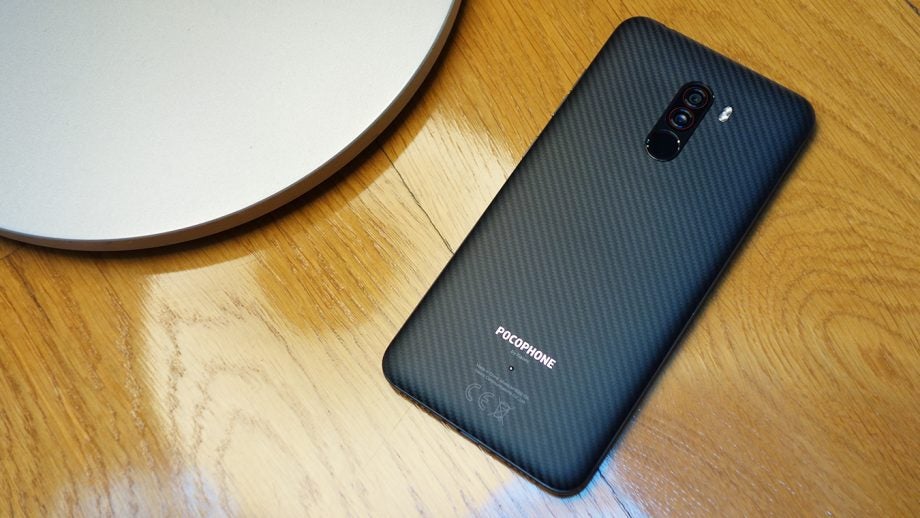
Pros:
- Excellent value for money
- Superb performance
- Fantastic battery life
- Decent cameras
Cons:
- MIUI for Poco will take some getting used to
- Thick bezels
- Plastic build
- No NFC
Taking a leaf out of OnePlus’ playbook, the Pocophone F1 places performance and affordability above all else. Fronted by a Qualcomm Snapdragon 845 and either 6GB or 8GB of RAM, this thing flies and is more than equipped to handle the latest games and other intensive apps – usually benchmarking around the same of higher than entrants like the Galaxy Note 9 and OnePlus 6.
The phone also boasts liquid cooling, a whopping 4000mAh battery that can last up to two days. Poco themed version of MIUI, Xiaomi Poco F1 price in India Costs Rs 20,999 for 6GB RAM and 64GB storage model. The 6GB RAM with 128GB storage version is priced at Rs 23,999, whereas the 8GB RAM and 256GB storage model costs around Rs 28,999.



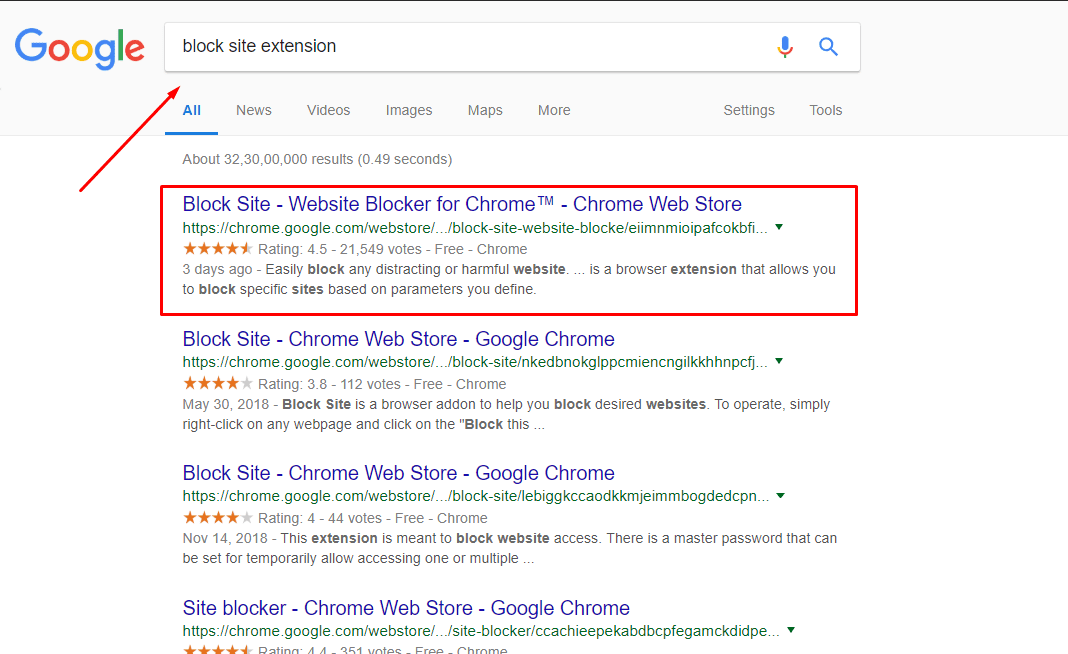
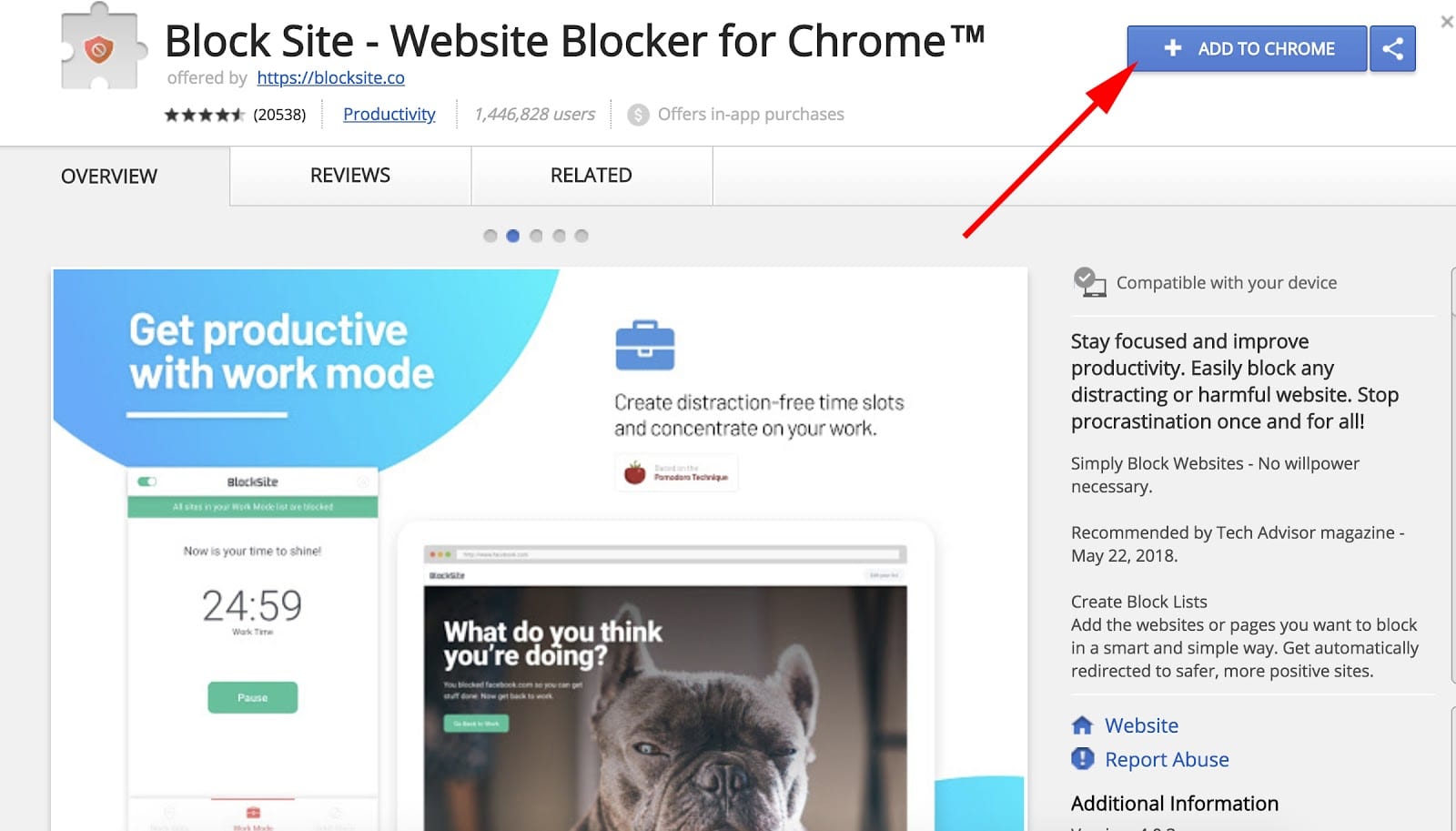



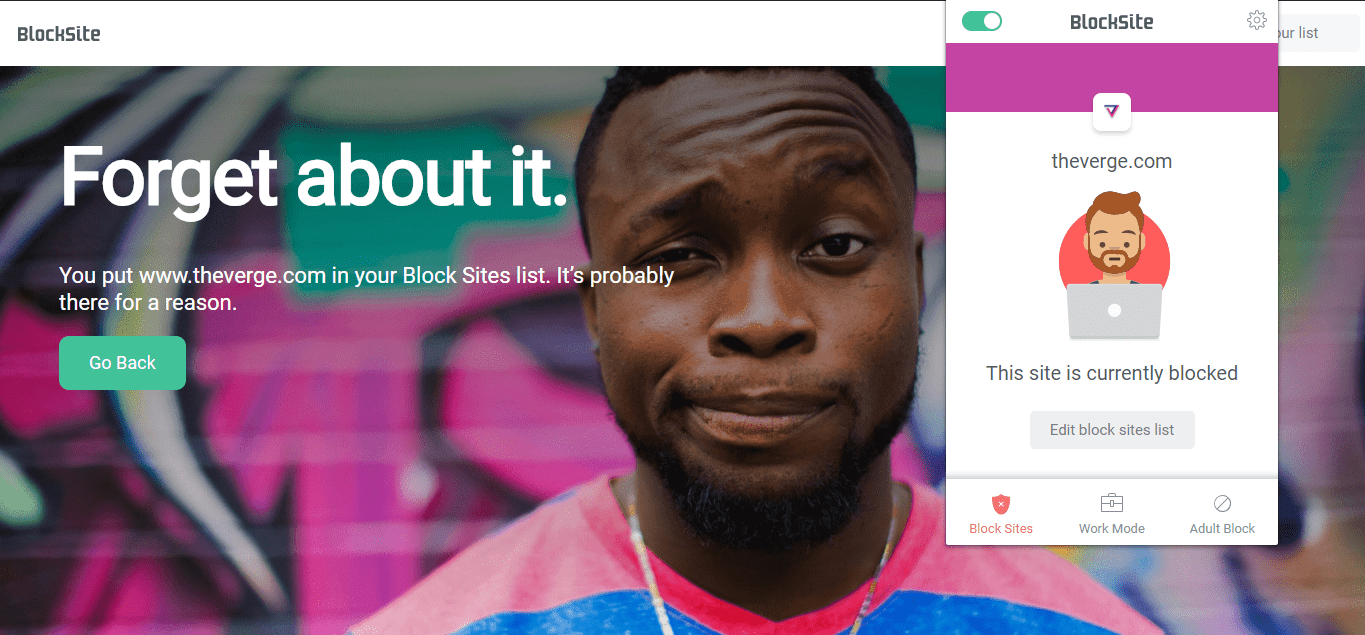







 Picture credits : Android authority
Picture credits : Android authority P.C – Android authority
P.C – Android authority P.C Android authority
P.C Android authority PC android authority
PC android authority pc android authority
pc android authority














